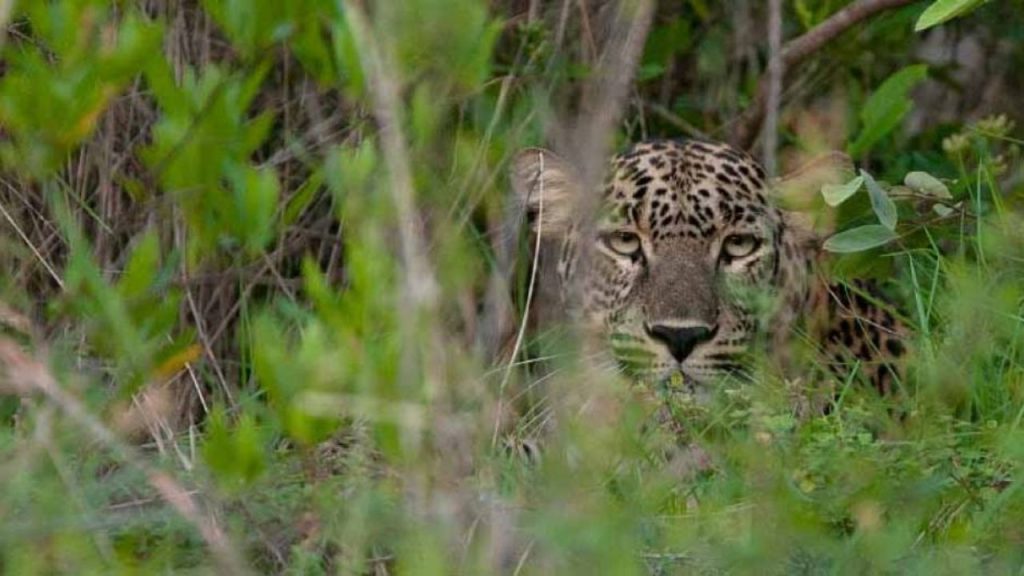BHUBANESWAR – In a significant move to protect its wildlife, the Odisha Forest Department has implemented a new technological system, HAWK, to enhance its anti-poaching capabilities. The deployment of the Hunting Analytics and Wildlife Knowledge (HAWK) system, which leverages artificial intelligence and remote sensing, is aimed at providing forest officials with real-time data to prevent and respond to poaching incidents across the state’s protected areas. This initiative marks a crucial step in the state’s ongoing efforts to curb wildlife crime and protect its diverse biodiversity.

A New Era for Forest Surveillance
The HAWK system represents a strategic shift from traditional patrolling methods to a data-driven approach for forest management. According to officials, the technology integrates a variety of data sources, including satellite imagery, sensor data from remote cameras, and on-ground reports, into a centralized platform. This allows for predictive analysis of potential poaching hotspots and the monitoring of suspicious activities.
The system was developed with a focus on real-time threat detection, an area where traditional methods often fall short. “Our forest personnel were often reacting to poaching incidents after they had already occurred,” stated G.S. Singh, a senior official with the Odisha Forest Department, in a recent press briefing. “HAWK gives us the ability to predict and prevent. It analyzes patterns and alerts our teams to potential threats before they materialize, providing a significant advantage in our fight against wildlife crime.
This initiative is particularly vital for a state like Odisha, which is home to a rich variety of wildlife, including elephants, tigers, leopards, and migratory birds. The state’s vast forest cover, encompassing a significant portion of India’s eastern coast, presents a logistical challenge for traditional surveillance. The HAWK system is currently being rolled out in critical wildlife corridors and protected areas, with plans for a phased expansion across the entire state.
How the HAWK System Operates
The HAWK platform operates by collecting and processing vast amounts of data to generate actionable intelligence. Remote sensors and camera traps are deployed in strategic locations, capturing images and video that are then analyzed by the system’s AI algorithms. These algorithms are trained to identify specific threats, such as human presence in restricted zones, the movement of vehicles, or changes in wildlife behavior that may indicate illegal activity.

The data analysis also considers historical poaching incidents and environmental factors to create predictive models. For example, if a certain area has a history of illegal activity during the dry season, the system can automatically increase surveillance intensity and flag the area for more frequent patrols. Alerts are sent directly to the mobile devices of on-duty forest guards and to a central control room, allowing for rapid deployment and a coordinated response.
Expert Perspectives and Challenges
The adoption of the HAWK system has been met with optimism from conservation experts. “This is a game-changer,” said Dr. Alok Sharma, a wildlife biologist and consultant for a leading conservation non-profit. “The biggest challenge in conservation is often the lack of real-time intelligence. This technology bridges that gap, making our efforts more proactive and effective.” Dr. Sharma highlighted that while technology is a powerful tool, it must be supported by trained personnel and strong policy. “The best system in the world is only as good as the people operating it. Training and capacity building for the forest department staff are paramount to its success.”
However, the implementation is not without its challenges. The initial cost of the technology, along with the need for reliable power and internet connectivity in remote forest areas, are significant hurdles. The government has acknowledged these issues, stating that the project is being rolled out in phases to manage these logistical complexities. There are also concerns about data security and the potential for misuse, though officials have assured that strict protocols are in place to ensure data integrity and privacy.
Odisha Commits Over Rs 5,000 Crore to Establish 835 Model Schools for Quality Education
A New Era for Women in Odisha’s Workforce: Guidelines for Night Shifts Explained
Odisha to Host Black Swan Summit 2026, Aiming for Global FinTech Leadership
Broader Context and Future Outlook
Odisha’s use of the HAWK system is part of a growing global trend where technology is being leveraged to address environmental challenges. Similar initiatives are being piloted or have been implemented in other parts of India and internationally to monitor deforestation, track endangered species, and combat illegal fishing. These projects underscore a shift in conservation strategy, moving toward a blend of traditional field work and modern technological solutions.
The success of the HAWK system in Odisha could serve as a model for other states and countries facing similar poaching threats. The state government remains committed to this project, with plans to integrate more advanced features, such as drone surveillance, in the future. The ultimate goal, as reiterated by officials, is to create a robust and impenetrable shield for the state’s wildlife, ensuring a safer future for its endangered species and their habitats. The initial phase of the HAWK project is a promising start toward this ambitious objective.




